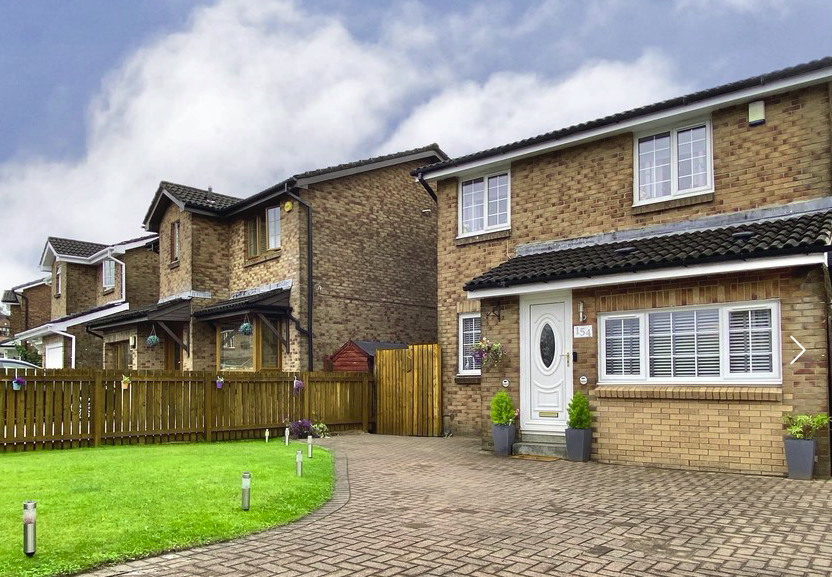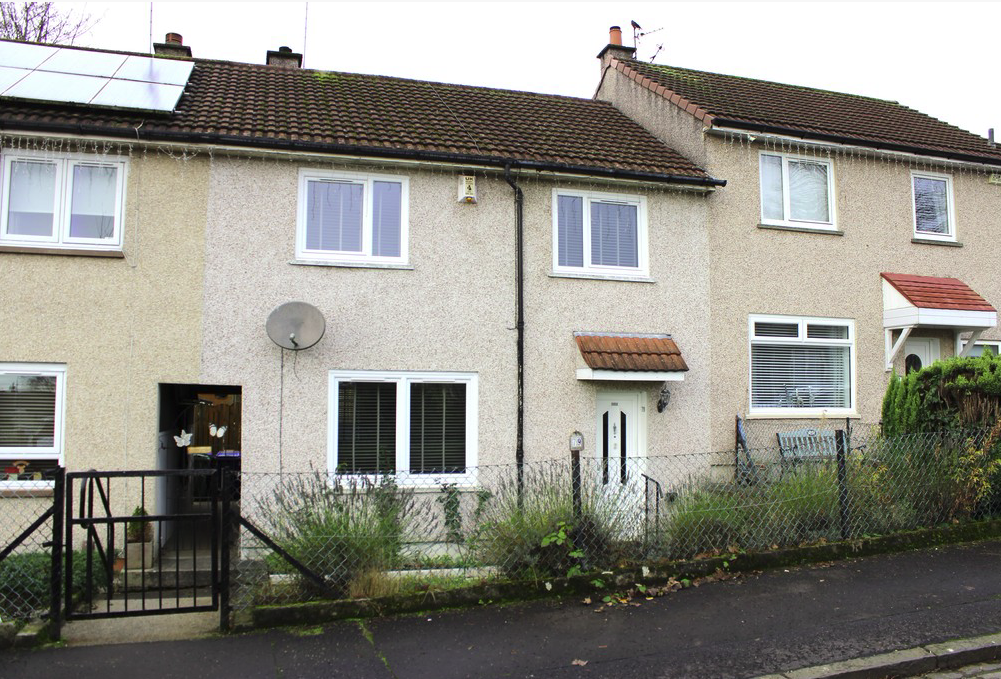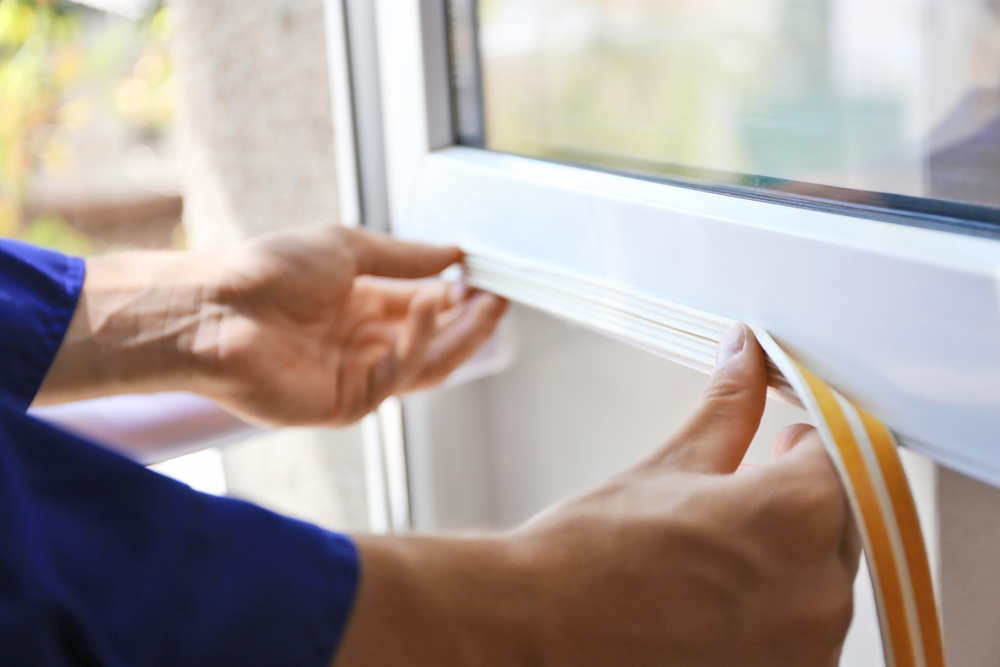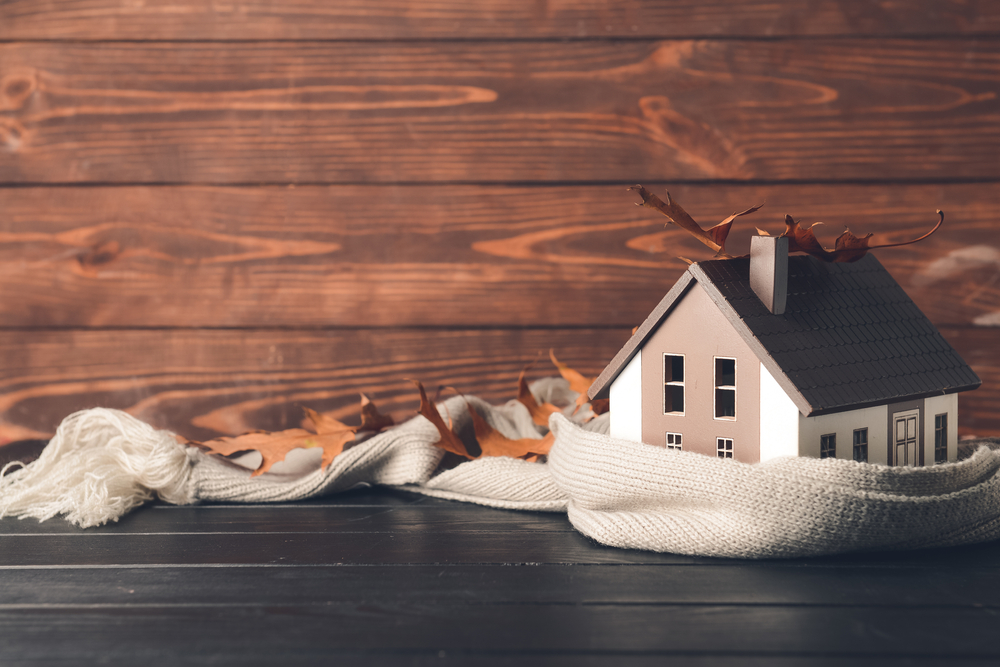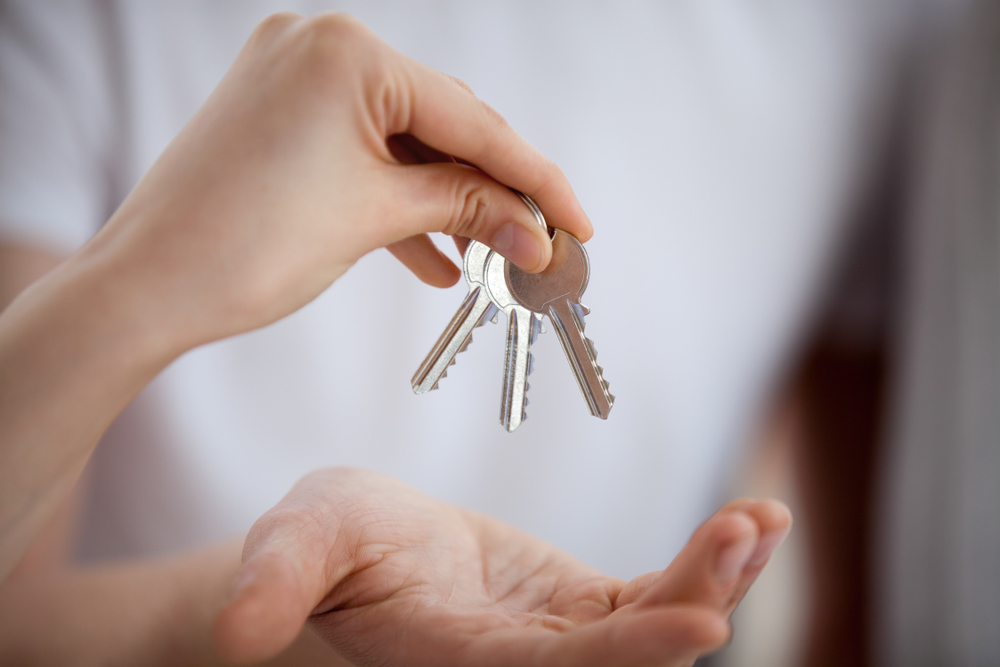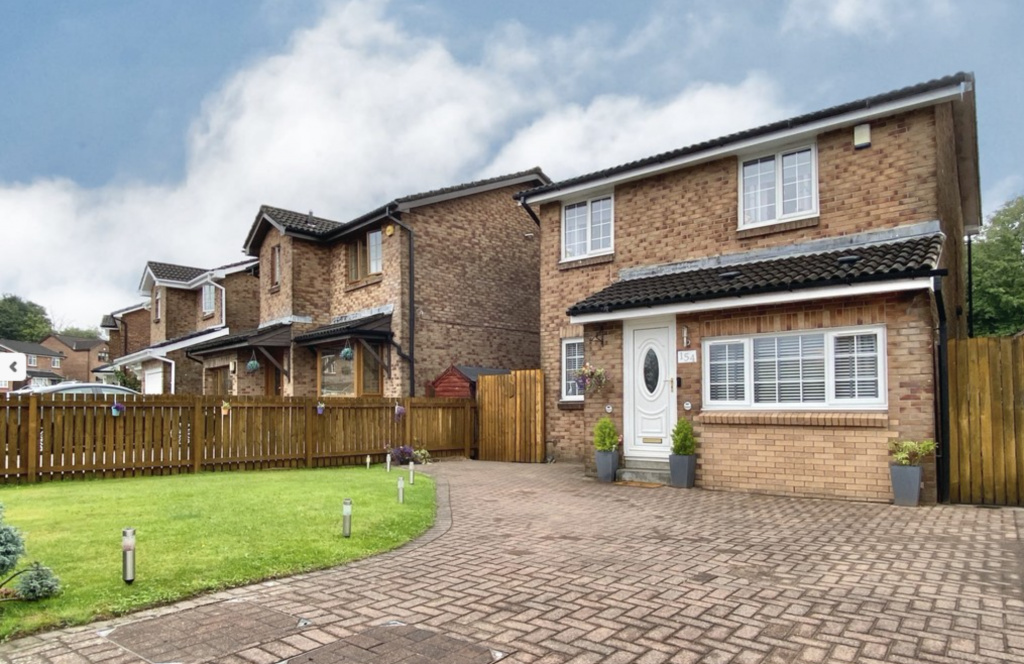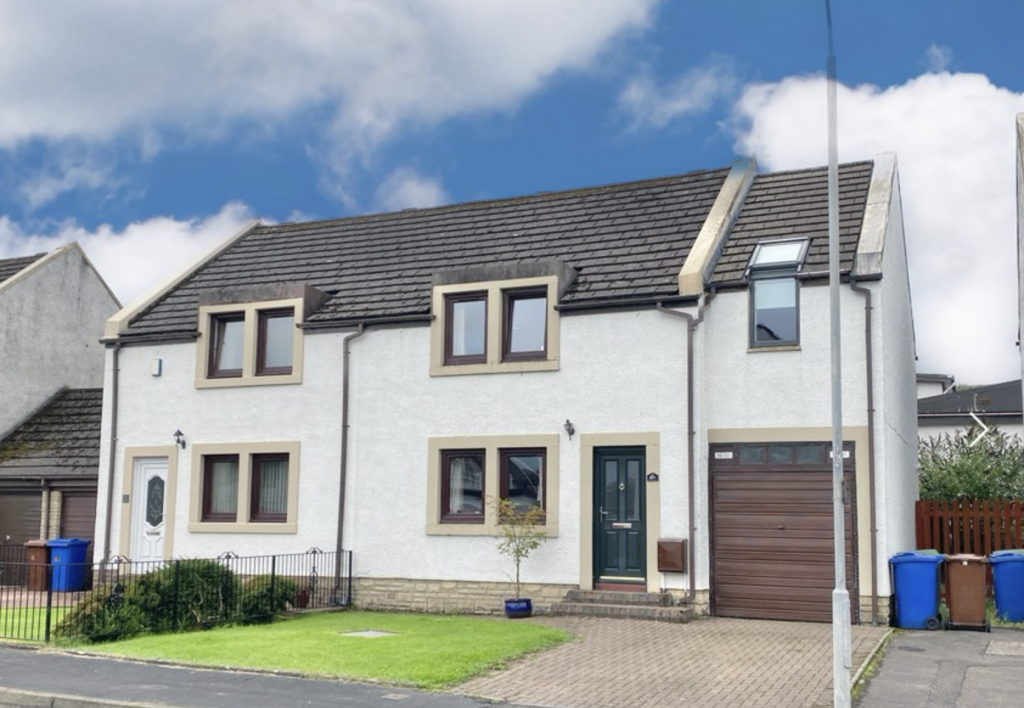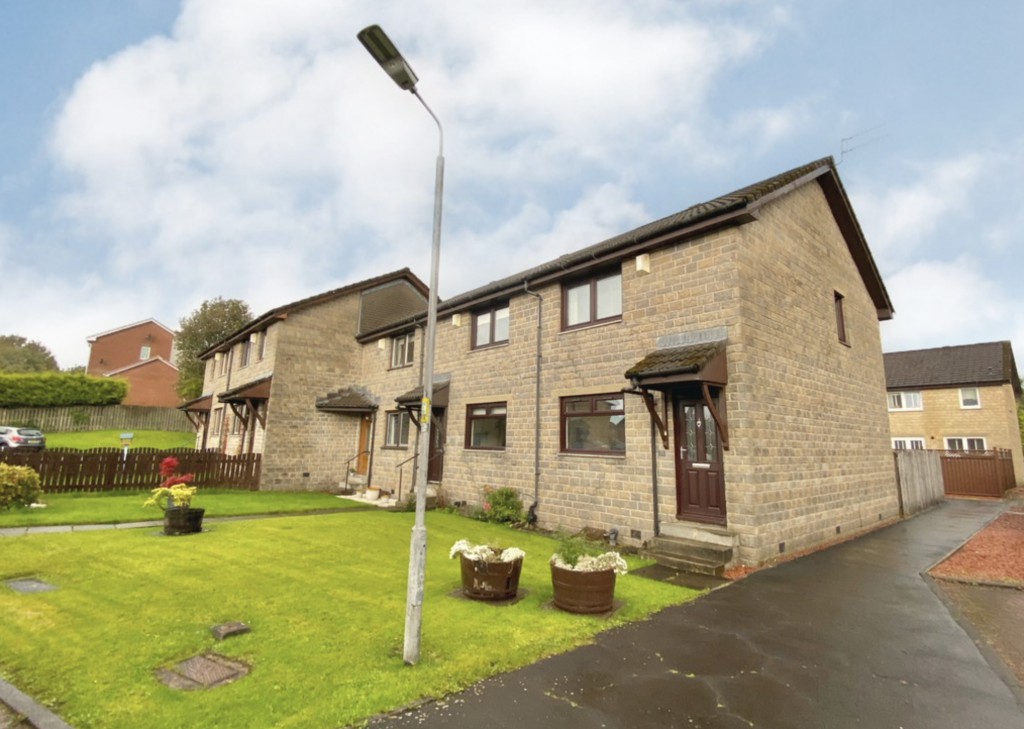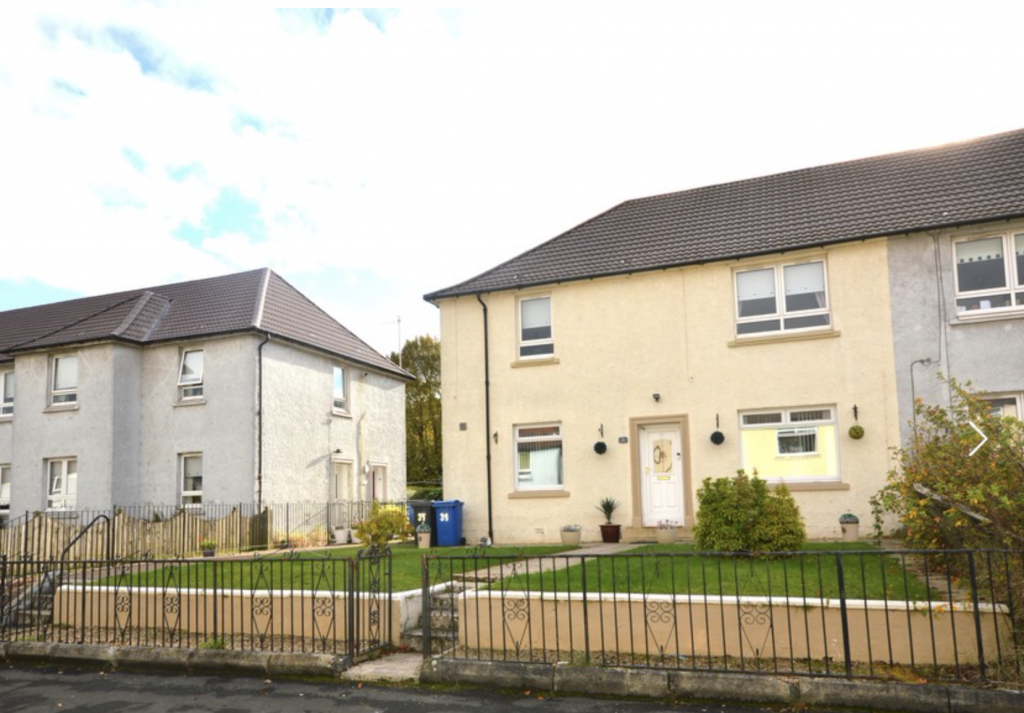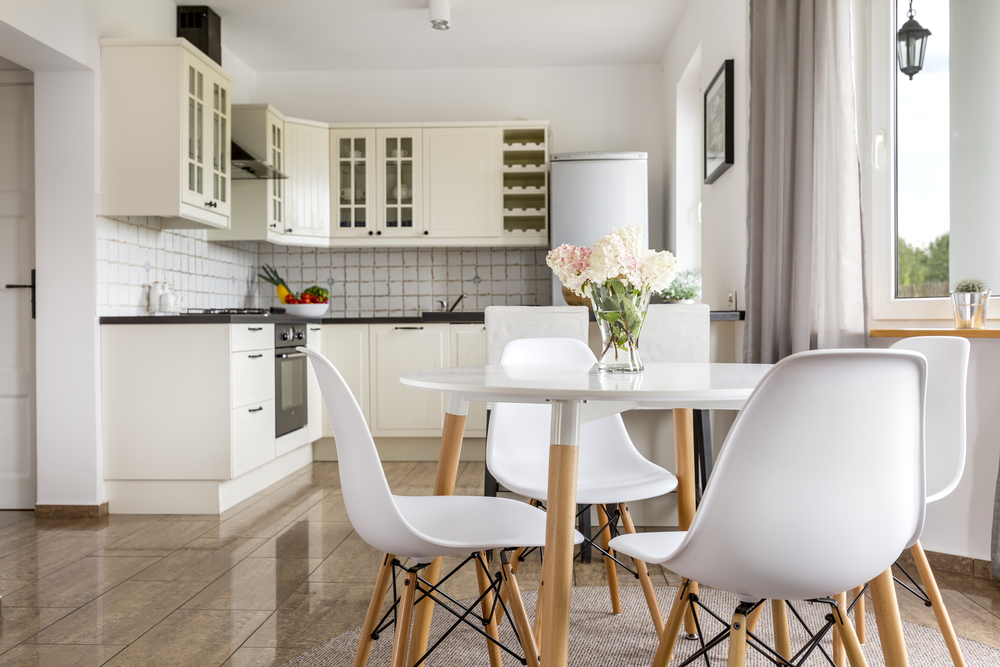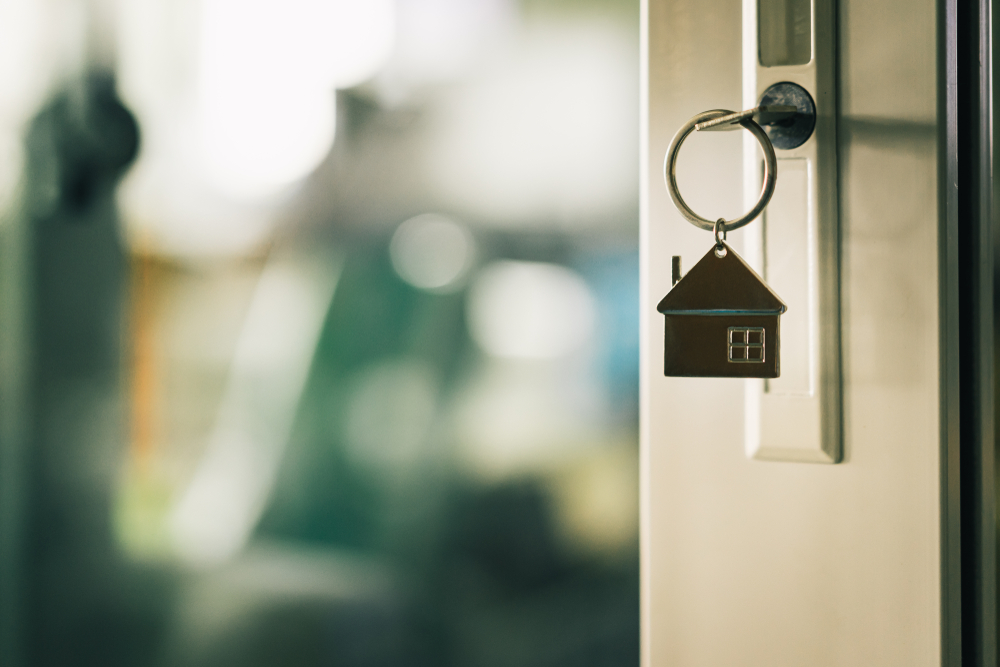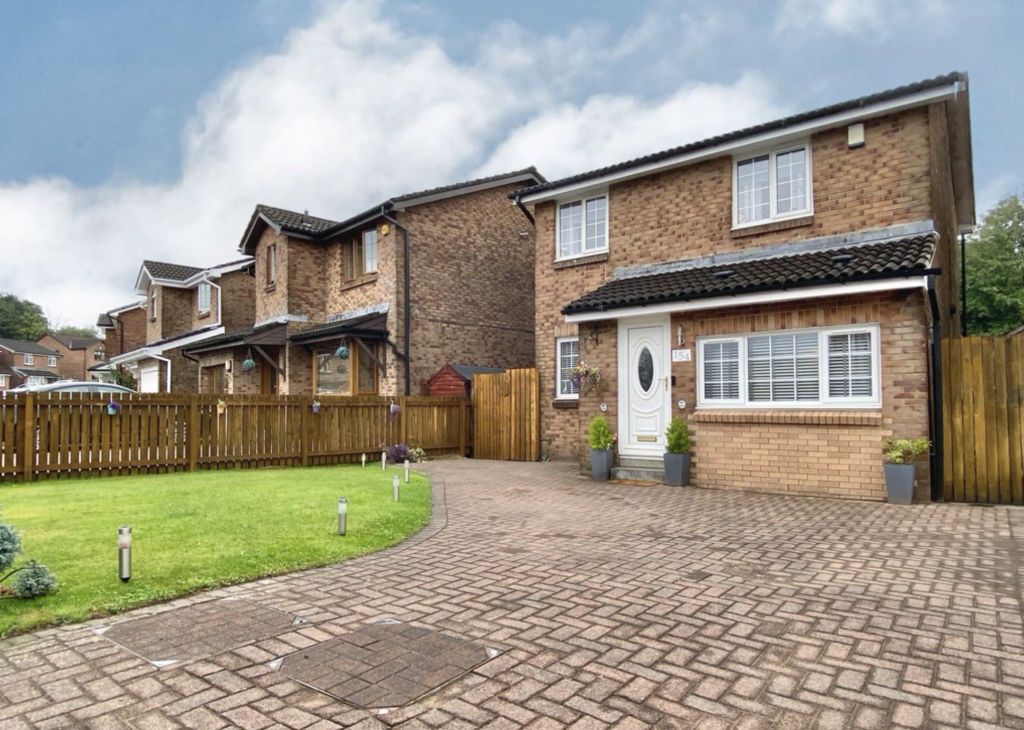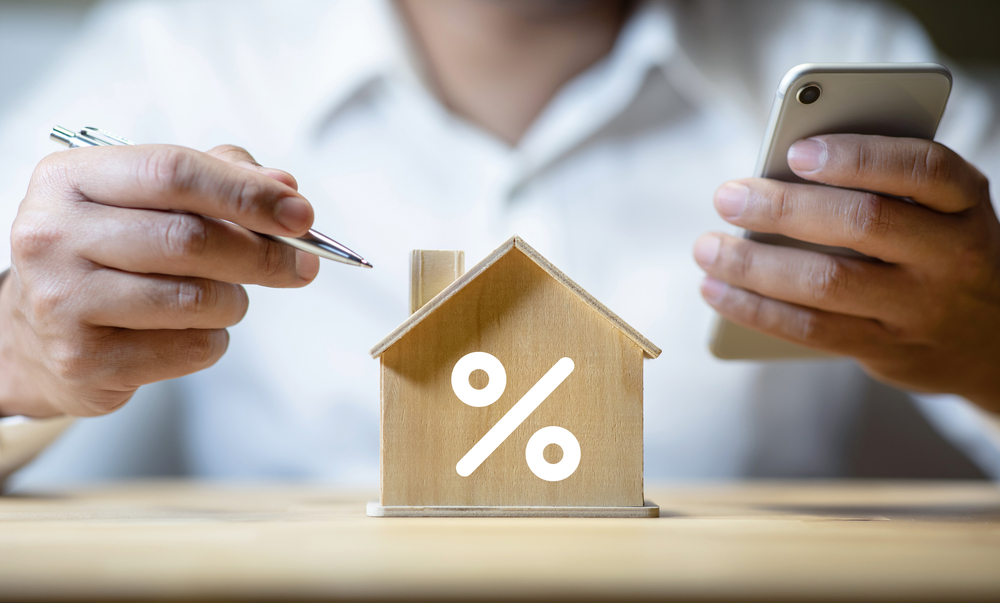Are you Waiting Until the New Year to Sell Your Home?
The New Year marks new beginnings for many of us – and the property market usually sees a spike in activity after the Christmas festivities have ended.
Over the Christmas period, many of us are preoccupied with getting ready for Christmas Day, Boxing Day and then New Year’s Eve celebrations with shopping, cooking, family visits, nights out and spending time with loved ones.
One side effect of this is that people realise they could do with more space and a house that works better for them – especially as so many of us are working from home part or full-time. Add to that Christmas decorations, visitors and a Christmas tree taking up space – our homes can suddenly feel too small.
Every year Rightmove reports that they have seen record-breaking numbers of visitors to the portal – particularly on (believe it or not) Christmas Day, Boxing Day and New Years’ Day. Boxing Day traditionally marks the start of the home-buying season. Last year on Boxing Day, there were 54% more visitors on this day than in 2020, and this is a trend the portal has seen for the last five years.
The numbers are enormous – 51 million people visited Rightmove between December 26th and the first day back to work for many in January this year.
With this in mind, have you considered marketing your home before Christmas Day when fewer properties are on the market? We have noticed that more people than ever are starting to see the benefits of doing this.
Get ahead of the game
By marketing your home now rather than waiting until the New Year, you’ll capture people logging in on December 25th and 26th. Remember, last year, 51 million people were looking online at property – so it could pay to list your home for sale before, not after, the Boxing Day rush.
People often work until Christmas Eve, and estate agents are no different – but with everyone taking time off over the Christmas week, you could get your property up and ready for offers much quicker than in the New Year
Prep before selling
Another option to consider is to get your marketing materials ready for a New Year listing – we would be happy to delay marketing your home until after the festivities and get everything we need ready. In place now, it’s just a case of making the listing live. You can arrange your property valuation, instruct us and finalise the details of your property listing, so whenever you’re ready, we will put your home on the market. And if you don’t want to tidy up straight after Christmas, you could put your home on the market on Boxing Day but arrange for viewings to start in January, giving us time to generate interest in your property.
Get in a strong buying position
If you put your home up for sale between now and Christmas and can secure a buyer, you will be in a great position to offer a property in the New Year when it could be a competitive market. This could put you ahead if there are other offers.



